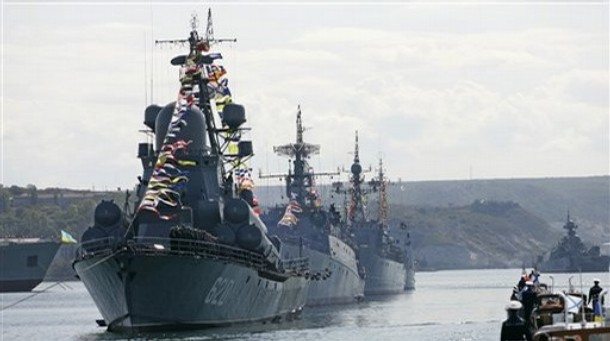The implementation of extensive naval re-armament programmes, particularly in the Middle East, Asia-Pacific and Russia, has been a key growth factor for global military vessels and support in service (SIS) market. The market development has also been supported by the increasing demand for second-hand naval platforms.
North America will remain the largest market, while Asia-Pacific – the second biggest warship market – will grow significantly owing to the regional arms race caused by the tension among China and its neighbours and the unstable situation in the Korean Peninsula.
New analysis from Frost & Sullivan, “Global Military Naval Vessels and SIS Market Assessment,” finds that the military naval vessels market earned revenues of $32.00 billion in 2013 and estimates this to reach $39.99 billion in 2022. Revenues of the SIS market touched $15.29 billion in 2013 and are expected to rocket up to $21.24 billion in 2022. The frigate segment will generate the highest cumulative revenue, followed by the submarine (SSN) and destroyer sectors.
“With surface military vessels being vulnerable to air as well as land-based missiles, the deployment of submerged platforms such as submarines, unmanned underwater vehicles, or hybrid vessels that combine the features of both surface and submerged vessels will go up in the medium and long terms,” said Frost & Sullivan Aerospace, Defence & Security Industry Analyst, Dominik Kimla.
While the market has the potential to provide immense opportunities for manufacturers, competition, especially from Asia-Pacific shipbuilding companies is heightening. Shipyards particularly from South Korea and to some extent Japan are increasing their market position in the naval domain. Additionally, Chinese shipyards are widening their presence by offering relatively advanced yet low-cost solutions as well as competitive financial packages to fund military vessels deals, which is crucial considering the tighter budgets of navies in most countries.
Moreover, emerging naval markets are more demanding in terms of technology sharing among the suppliers of naval vessels, reducing market opportunities for foreign providers. This clear trend towards building indigenous naval capabilities across regions will broaden the role of local companies, including Abu Dhabi Ship Building, Mazagon Docks Limited, and Hindustan Shipyard Limited in the maritime domain.
“Original equipment manufacturers (OEMs) must tailor their naval programmes through partnerships and technology transfer packages to gain a foothold in emerging markets,” suggested Kimla. “Building enhanced partnerships with local, shipyards is the best route to enter the market.”
Global Military Naval Vessels and SIS Market Assessment (M96A-16) is part of the Defense Growth Partnership Service programme. Frost & Sullivan’s related research services include: Global Military Support in Service Market Assessment, Global Military Training & Simulation Market Assessment, US Department of Defence Training and Simulation. All research services included in subscriptions provide detailed market opportunities and industry trends evaluated following extensive interviews with market participants.











